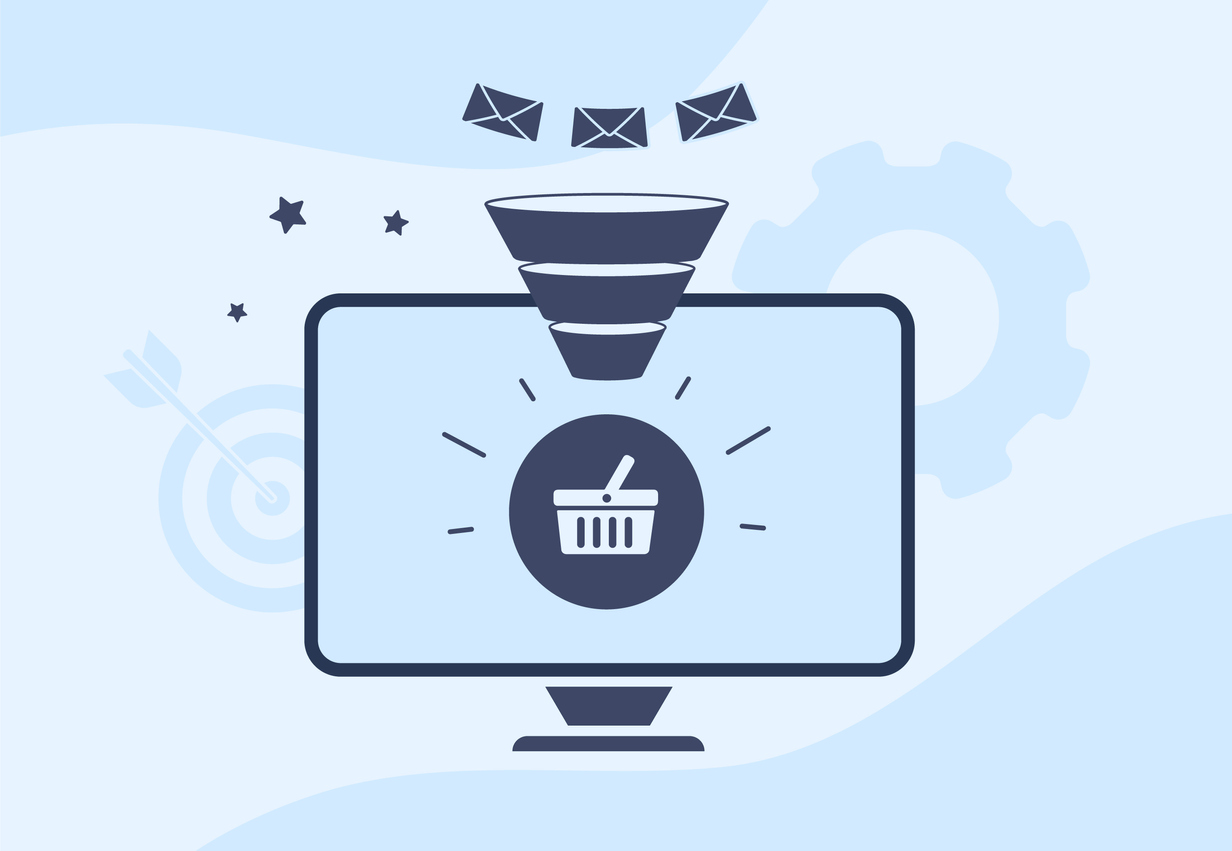
Does your business find that it is getting harder to keep prospects? Are your potential leads/buyers disappearing faster than you would like? Is it getting harder to grow your business as your opportunities are drying up? These things could all be indicative of a bigger problem… your sales pitch. If you find yourself in this situation, it is time to ask Did I listen closely enough to the prospect? Did I push too hard? Did I push hard enough?
Research currently shows that about 90% of prospects are more than willing to listen to a proposal earlier rather than later. The kicker is, they are willing to listen if you have something valuable to say. So, my advice, have a plan and go in determined to nail your 10-minute sales pitch call.
What does this win early on in sales prospecting do for you? By developing these beneficial practices in sales prospecting, you can better keep your prospects secured in your sales pipeline. Once this happens, it will give you the breathing room to nurture them through a longer sales cycle. The result? You will be converting more prospects into winning sales! Here are three good ways to do that.
Intro to Sales Prospecting
Research. You need to understand your prospect and confirm whether or not this potential lead fits your customer profile. You can do this by going through social media profiles, B2B company websites, sites like LinkedIn, and others to gather valuable information – Or you can use a proven effective firmographic tool like Visual Visitor that has all this data in one place. Once that is done, go deeper. Use technology also to collect data on that prospect’s industry, company size, locations, and anything else that fits to confirm further that they are indeed a fit for your service or product.
After verifying that they qualify, track down their essential details like email address and phone number, which you can easily do with a product like Visual Visitor, and begin planning your initial outreach. Design your outreach method around proven methods like direct messaging on social media, SMS, a cold email, or, if possible, a cold call. After you have made that connection, your prospect will enter the sales funnel where they then will be further nurtured until a deal is made. Remember, during all of this, your goal is to fill your sales pipeline with new prospects so as one closes, there is always more waiting!
Also, something to keep in mind during all of this, is prospecting isn’t just new leads; it can also be revisiting old leads and leads that dried up. So it is always a good practice to keep that CRM updated with old leads that might appear to have gone cold but simply need a revised strategy to get them re-engaged.
Many salespeople find that their company only provides a small portion of their leads. The rest is left up to the sales team to put their sales prospecting practices into motion.
Sales Prospecting Best Practices
1. Create a bond
Sales prospecting is not easy. Many sales development reps, or SDRs, really have no idea what prospecting really is. As a result, they spend a ton of time preparing without building enough emotional connection to pitch to their prospect successfully. It is easy to focus too much on one aspect of the research and end up without enough material to make a solid, personalized initial message. Alternatively, they could have the opposite problem and put too much time and energy into prospects that aren’t a good fit for their service or product or are not sales-ready.
How can this be avoided? Creating an emotional connection or bond is the only way to stop the endless cycle and go forward to an actual engagement through marketing channels and schedule a meeting.
How do you create an emotional connection or bond?
Set logic to the side, and focus on the emotional triggers that most people respond to Fear of missing out on something or FOMO, and the almighty status symbols.
Knowing your target, their history, and reputation should be a best practice in your team’s sales prospecting. When you know your target (from all that research you did in the beginning), you will also know when to step back which is equally important. If they don’t respond or show interest, they just aren’t ready to move forward. Note this in your CRM, and follow up with them at a later date. Set a reasonable timeline for this stage of your prospecting, and remember the goal is to fill your pipeline.
2. Get both contact details and firmographics in one place
Is your company still using different prospecting tools to gather the basic details and firmographics for your leads? Do you find that you have to use multiple tools to get the contact details, company information, etc?
Visual Visitor is a sales prospecting and marketing tool that will make your prospecting so much faster and easier. Our accurate B2B contact database gives you the details and firmographics that your team needs to qualify prospects and develop the personalized sales pitch you need to fill your pipeline. Visual Visitor can give you email addresses, cell phone numbers, company intel like revenue, industry, and locations – all from one place. Using a tool like Visual Visitor will reduce errors like outdated information and keep you ahead in the prospecting game!
How is Visual Visitor different?
Visual Visitor simplifies creating your outreach plan. Their up-to-date contact database means that your team will spend less time tracking down the prospect’s essential details and have more time to fill their pipeline with qualified leads.
3. Keep your pipeline up-to-date and fluid with the ’30-day rule’
How can you ensure that your pipeline stays full? Look back at the efforts your team has put forth over the last month. If they have not brought in qualified leads on a regular basis, there is your answer. Typically if your team prospects for a month or 30 days, they will see those results within 2-3 months.
Most SDRs will find themselves under a lot of pressure to be fast and close as many deals as they can as quickly as possible, but this isn’t always possible. For the smaller business, a typical sales cycle will typically run about 3-4 months. What this means to you, the sales prospector is that missing even a week of sales prospecting can hurt.
The secret to better prospecting is daily time blocking. By implementing time blocking, you schedule a task to be completed within a designated time period. For example, you might decide that your cold call connection rates are better when you schedule all those calls to be done between 9 am and 11 am. That timeframe is then reserved exclusively for cold calling. By using the time blocking strategy, you can prioritize your daily activities – like sales prospecting – to focus on your high-value tasks.
Make the most of each minute
After you have blocked off the time you plan on spending prospecting, make sure you use it and remember these three things:
- Stay focused… on prospecting: Do not allow yourself to get distracted by other things that will pull you away from your task. If you are using the time blocking strategy, everything has its time slot.
- Prioritize your leads: Some leads are going to take more time to qualify. Put those leads to the side and focus your time on gathering as many qualified leads and contact details as possible.
- Schedule both high-value and not high-value tasks: Prospecting is more than just researching: remember, it’s all about making a connection. So creating or sharing content and working on that cold call template is important!
Review that “Circle Back” list
Don’t forget, old leads that dried up or were marked to revisit at a later date should be reviewed occasionally. Take the time to see if those leads are in a place to qualify. You can use a proven tool like Visual Visitor that provides you with the updated contact details and firmographics of thousands of leads and company profiles in one place. Even if it’s been a while since you last connected, you’ll be able to quickly view the updated information, enabling you to reach out again!





